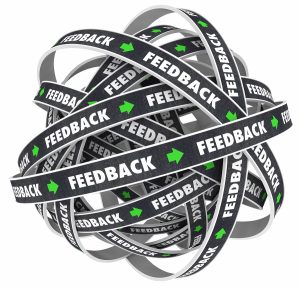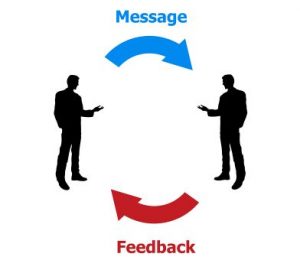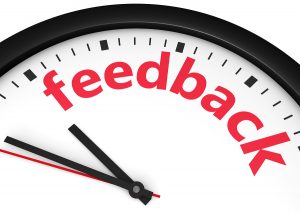
Effective Delegation: Don’t Forget the Feedback
If you want to be really effective with delegation, you’ll need to get really good at delivering AND receiving feedback. Perhaps the most critical aspect

If you want to be really effective with delegation, you’ll need to get really good at delivering AND receiving feedback. Perhaps the most critical aspect

I’ve been discussing the art of receiving feedback. This is key for leaders because organizations need to respond with agility to changing market needs and

In spite of vocalizing they want to hear it, many leaders block feedback out. Rarely do leaders know how to receive feedback well. Those who

Most leaders are reluctant to receive feedback—a continuing workplace challenge. We generally don’t want to receive difficult information about ourselves, so issues go unresolved and

In my opinion, based on what I’ve observed in organizations, receiving feedback may be one of the most difficult thing leaders should learn to do

“We all need people who will give us feedback. That’s how we improve.” ~ Bill Gates Receiving feedback with grace is a valuable leadership skill,

As hard as giving and receiving feedback is, perhaps listening is more difficult. To succeed in any position in any business, we are increasingly required

If you want to successfully lead people, you’ll need to get really good at delivering AND receiving feedback. Because businesses that thrive in today’s environment

An organization’s health is only as sound as its leader’s decisions. Some companies prosper from wise leadership directions, while others struggle after flawed choices—choices that

How a leader responds to adversity reveals how effective that leader truly is. Reactions to setbacks or crises not only test leadership character but define

Business is an active, demanding endeavor. Only those who consistently apply themselves succeed. Organizations that thrive require leaders who actively dream, plan, engage, solve, pursue,

Surveys and studies indicate global job dissatisfaction is at a two-decade high. Disengaged employees account for nearly 70 percent of the workforce, which significantly affects







